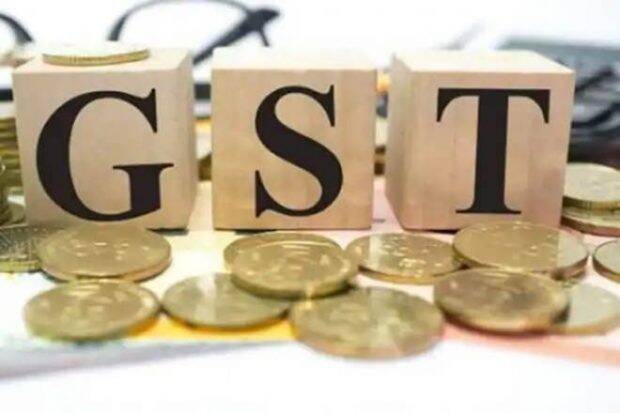GST annual return has to be mandatorily filed for FY 2023-24 by every GST registered taxpayer with a few exceptions by on or before December 31, 2024. However, before you file the annual return make sure to file all the monthly returns first or quarterly returns if you are registered under the QRMP scheme. This is because the GST annual return is mostly auto populated using data from all the monthly or quarterly returns (as applicable).
Read More:- TDS On Cash Withdrawals: Check Rate, Exemption Limit Under Section 194N Of Income Tax Act
What changes were made to the GST annual return form for FY 2023-24
Chartered Accountant Amit Bansal, Partner, Singhania & Co., explains the most significant change in GSTR-9 (annual return) for FY 2023-24. Bansal explains:
Sourcing of input tax credit (ITC) details in table 8A of GSTR-9 (annual return)The most significant change in the GST Annual Return (GSTR-9) for FY 2023-24 lies in the sourcing of input tax credit (ITC) details. Previously, Table 8A of GSTR-9 was populated based on the information provided in GSTR-2A (a statement of inward supplies). However, from FY 2023-24 onwards, Table 8A will now be populated based on the information available in GSTR-2B. GSTR-2B is a statement of inward supplies that is auto-populated based on the invoices uploaded by suppliers. This shift is aimed at streamlining the process and reducing the manual effort required by taxpayers to reconcile their ITC claims.
Read More: Attention taxpayers! Foreign income and assets must be disclosed before December 31: Report
The changes in GST filing requirements have significant implications for taxpayers, especially regarding Input Tax Credit (ITC) claims and reconciliation accuracy. Taxpayers must ensure that their suppliers promptly upload invoices, as delayed uploads could lead to discrepancies in ITC claims. The accuracy of the annual return filing in GSTR-9 will depend on the data available in GSTR-2B; thus, ensuring that GSTR-2B is updated and correct is essential for a smooth filing process.
Potential mismatches may arise if the ITC claimed in GSTR-3B does not align with GSTR-2B due to late invoice uploads by the supplier or other factors, resulting in additional reconciliation efforts to rectify these discrepancies. These measures emphasise the importance of precise, timely data handling to avoid complications and ensure compliance.
Read More: FICCI Pushes For GST Cut On EV Batteries, Charging Services To Boost Affordability
GSTR-2B is an auto-drafted ITC statement which is generated for every GST registered taxpayer on the basis of the information furnished by his suppliers in their respective GSTR-1.
Manmeet Kaur, Partner, Karanjawala & Co agrees with Bansal and further adds: “Under the revised instructions, table 8A of GSTR-9 will now be based on GSTR-2B, replacing the previous reliance on GSTR-2A The input tax credit will be reported based on actual utilisation under table 6 based on returns filed under the same financial year. Instead of GSTR-2A table 8A will now include ITC auto-populated GSTR-2B. Further, the difference between the ITC claimed and auto-populates will be reflected in table 8D for the purpose of reconciliation. GSTR-9C.”
Read More: High-value transactions: What you need to know to stay compliant with Income Tax regulations
Kaur advises that now suppliers must ensure that they upload invoices promptly to avoid delays in reflecting ITC in the appropriate GSTR-9 for the correct financial year. “Since GSTR-2B will now be the basis for reporting in Table 8A, taxpayers should monitor their GSTR-2B closely to ensure that all eligible ITC is captured and reconciled,” says Kaur.
Who needs to file GST annual return by December 31, 2024 and which form to be used?
If the turnover is up to Rs 2 crore then GST registered taxpayers need not file a GST annual return for FY 2023-24.
Apoorv Phillips, Senior Associate, Sirmacs Consultancy Services (Law Firm) explains that every GST registered person except an input service distributor, a person paying tax under TDS/TCS, a casual taxable person, and a non-resident taxable person is required to furnish an Annual Return in Form GSTR-9. “This includes the majority of registered taxpayers, as they do not fall under this bracket,” says Philips.
According to Bansal, GSTR-9C is a reconciliation statement that is filed along with GSTR-9 for taxpayers with a turnover of more than Rs 2 crore. “While taxpayers with turnover between Rs 2 Crore and Rs 5 Crore have an option to file GSTR-9C, taxpayers with turnovers exceeding 5 crores have to mandatorily file GSTR 9C,” says Bansal.

































